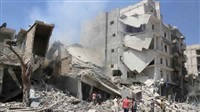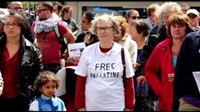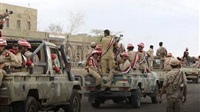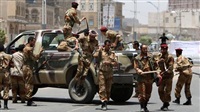Sweida buried dozens of its Druze inhabitants
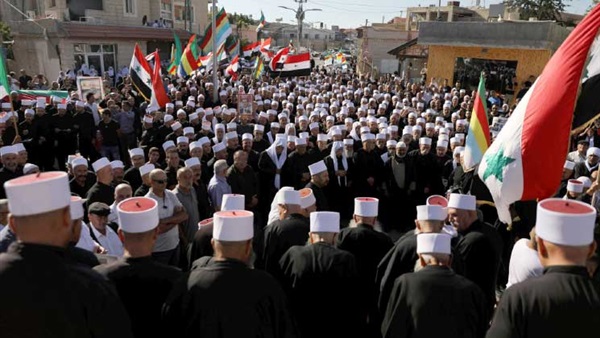
On Thursday, the Syrian city of Sweida buried dozens
of its Druze inhabitants who were killed the day before in coordinated
massacres carried out by ISIS terrorists. Residents and witnesses said they
overran villages and staged multiple suicide attacks inside the city.
They said the attacks that killed more than 200
people— the worst against the majority Druze-inhabited city in southwestern
Syria that escaped violence in more than seven years of conflict— sent
shockwaves across the Druze community spread in Lebanon, Syria and Israel.
Coffins of victims draped in Syrian flags had been
brought from the main city hospital as thousands thronged to pay homage to the
victims as the city closed down in mourning.
Anger over Syrian authorities’ perceived failure to
avert the dawn attacks pushed residents to prevent the governor of the
province, Amer al Ashi, and representatives of the government from attending
the funeral.
Many residents blamed the authorities for
negligence, while others questioned how dozens of ISIS militants could descend
from areas declared free of militants and storm seven villages northeast of
Sweida city and create mayhem in the city.
Many local vigilante groups set up checkpoints
across the city as fears persisted of renewed attacks.
The attack took place as government forces, backed
by intensive Russian aerial attacks, battled the militants in an enclave to the
west near the Golan frontier and the border with Jordan.
Fueling the anger was a perceived absence of any
significant army role when local Druze youths, who rushed to protect civilians
in trapped villages confronted the militants, according to two residents.
State media said the army had intervened and battled
ISIS militants and waged aerial strikes on fleeing terrorists.
Many community leaders and top Druze religious
leaders’ refusal to sanction enlistment in the army forces had long caused
strains with the Damascus authorities.





